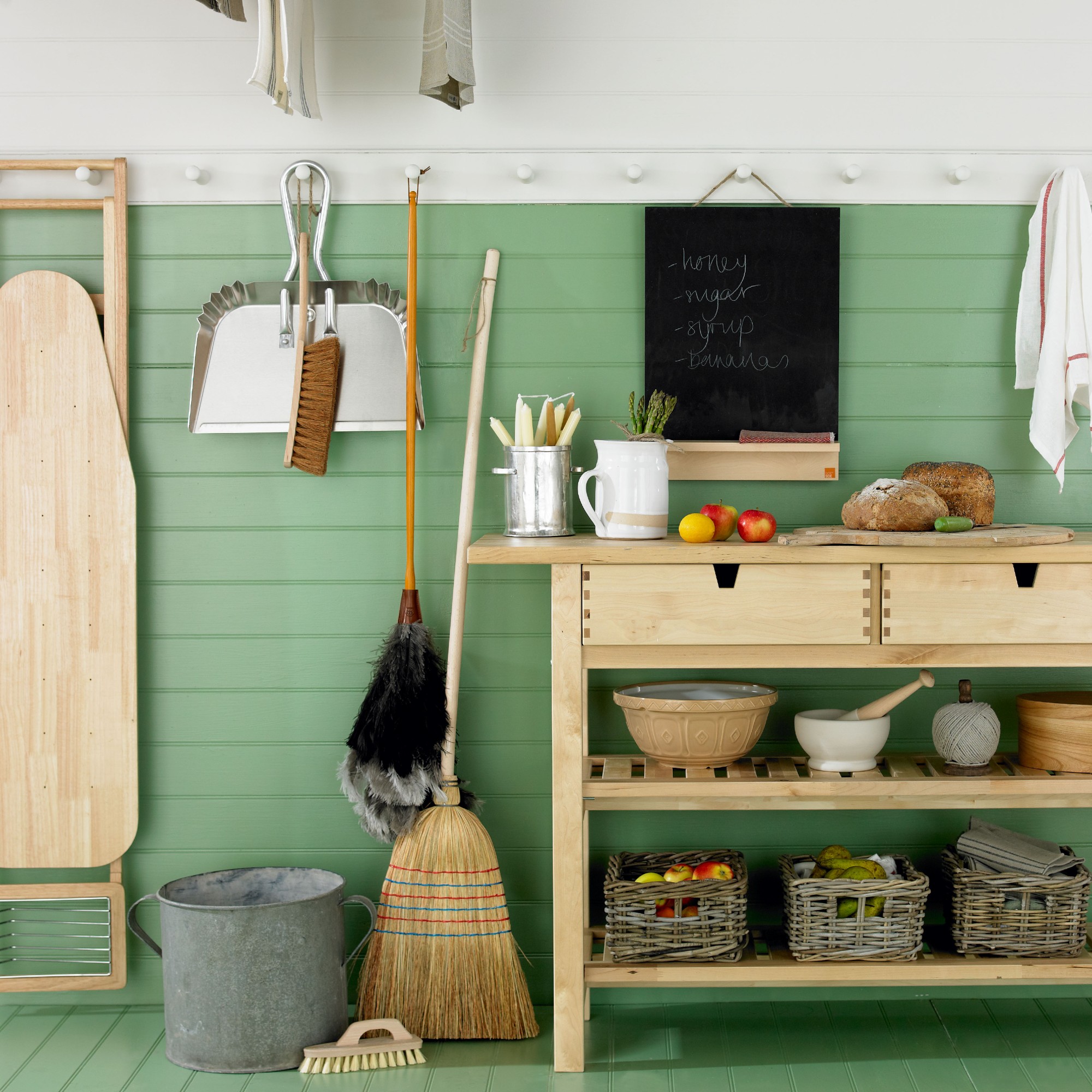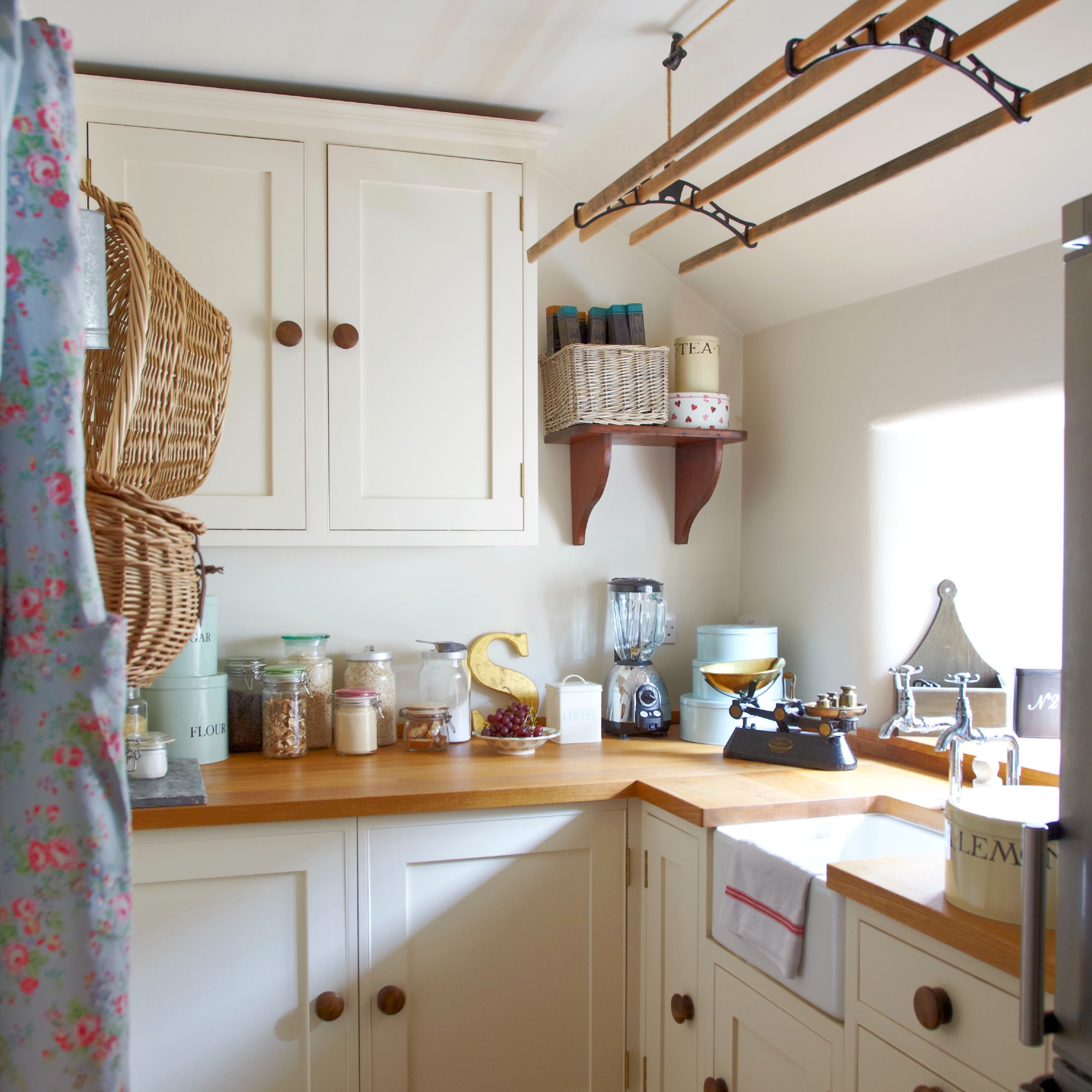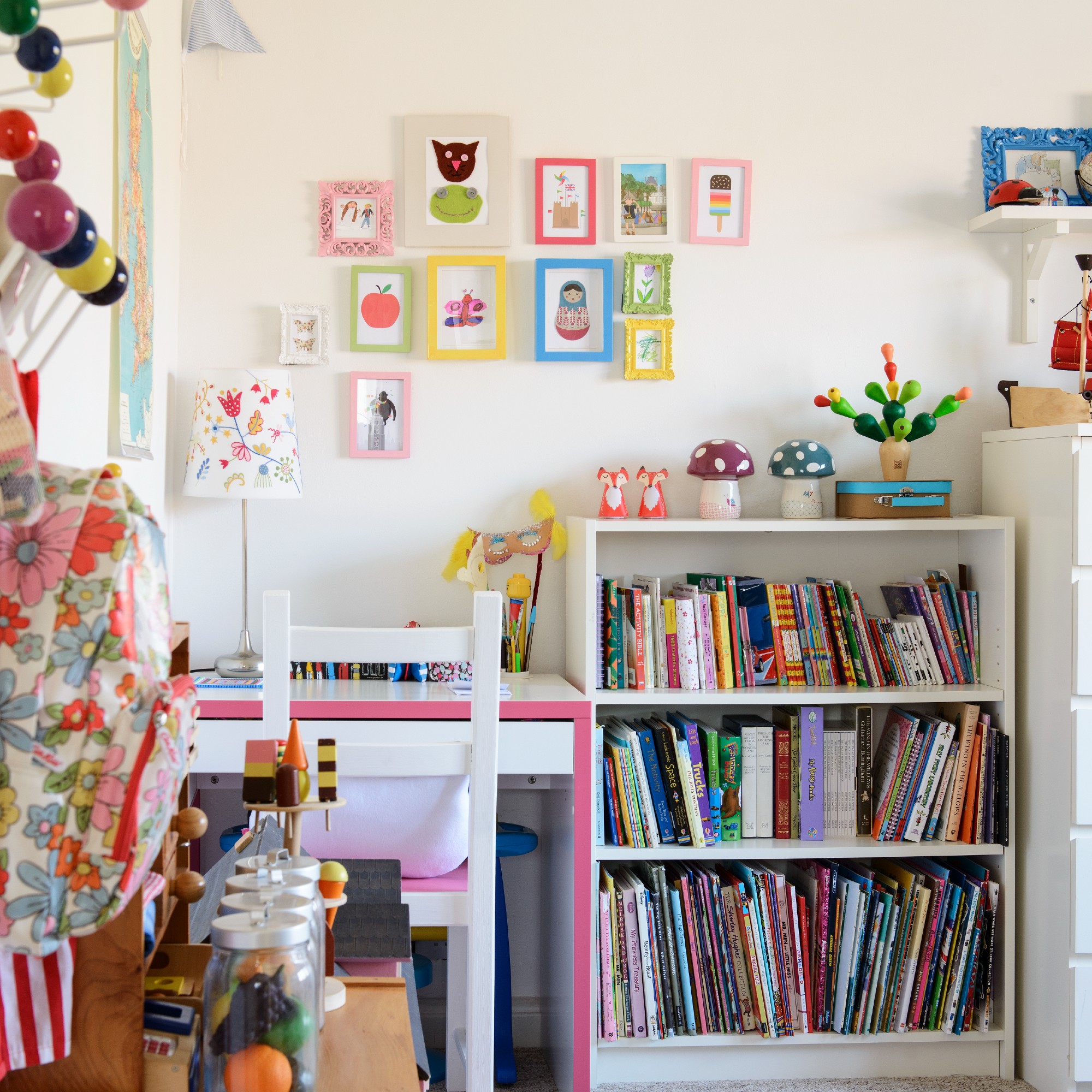
January is famously the month of reset for the year ahead - which includes lots of cleaning and decluttering. But if you lack motivation or know-how then there is a whole world of ‘Cleantok’ - cleaning and decluttering-obsessed TikToks amassing over 110 billion views - just waiting to offer some guidance. And one of this platform’s latest favourites is the one-hour cleaning method.
Coming in as a close second after Marie Kondo who made us rethink our kitchen and living room storage ideas forever, the ‘one-hour method’ is the second most popular cleaning and decluttering trend on TikTok, attracting over 40 million views.
But what is the one-hour method? As you’ve probably guessed it’s based on the idea of cleaning for an hour. But what you may have not guessed is that it gives you an hour to clean every day. And once the hour is over, you’re done - so you only do whatever you can squeeze within that time frame.
But is that effective? I asked our decluttering expert and personally put it to the test as well to answer that very question.

Does the one-hour cleaning method work?
There are many cleaning methods we have come across and trialled here at Ideal Home, whether it’s the decluttering move-out method or the 20/20 decluttering rule. But few are as straightforwardly named as the one-hour method.
But is it worth adding to your decluttering checklist?
Siân Pelleschi, founder of Sorted! and APDO president, points out that even though it might not be for everyone, it is great for someone that struggles with focus, making it the ideal way to clean when you feel overwhelmed as well.
‘For some, just focusing on an area for an hour is all they can do, both physically and mentally. For those people it’s a great way to get started and do often but little. It gets you into the practice of doing it regularly, helping to set routines and processes that will then start to make life a little bit easier.’
She continues, ‘There are plenty of times where I do a one hour reset but don’t personally tend to use the declutter method for myself as I prefer to spend longer working through areas. However, I have used it to support other clients that are either time-poor or struggle to focus.’

Similarly to Siân, I, too, prefer to do longer sessions when cleaning and decluttering. But less often. Of course, I will do a daily quick tidy and clean, especially in the kitchen. But it rarely amounts to an hour every day! The rigidity of the very strict time frame is also why this method didn’t really work for me personally.
However, one positive I must give it credit for is that it made me clean quicker than I would probably normally do because I had that one-hour time limit at the back of my mind.
But as Siân points out that what works for one person doesn’t necessarily work for another.

‘I think all of these wonderful methods have a part to play in our lives, whether it’s a ten minute focus, 20 minute dash, an hour or even blocking multiple hours, the result can be the same – a sense of achievement and a longing to do more.’
‘We each have a different way to process what we do and how we do it and it’s important to understand that our minds are all very different too and work in different ways. So it’s worthwhile noting that even if you think it might not work, give each one of them a go and see which you prefer and that provides the best results for you,’ she concludes.
What a lovely note to finish on.







